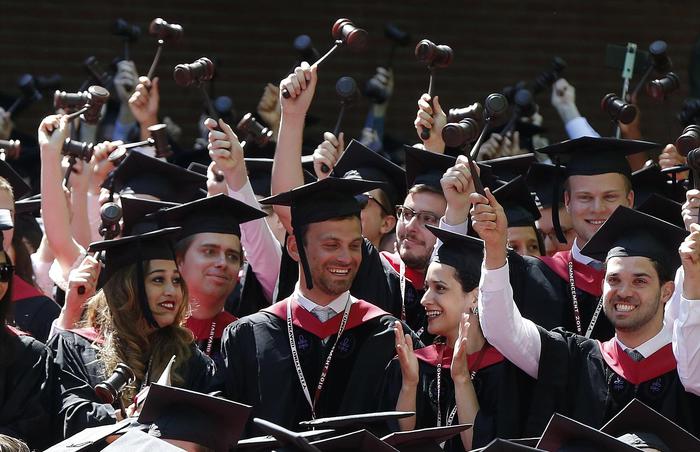In the United States, 2023 proved to be a tough year for recent college graduates. Despite broader economic recovery and falling overall unemployment, many young people aged 22 to 27 struggled to land their first job. Data from the Federal Reserve Bank of New York, based on the national census, paints a clear picture: unemployment rates remained high in certain fields—well above the national average of 3.6 percent. The hardest hit were graduates in anthropology (9.4 percent), physics (7.8), and computer science.
The situation seems paradoxical. For years, STEM degrees—science, technology, engineering, and mathematics—have been touted as the safest career bets. Yet these very graduates are now struggling to break into the job market. The post-pandemic slowdown in the tech sector, cuts to public research funding, and a general hiring freeze have all taken a toll. The result is a growing cohort of highly educated young people stuck in limbo between finishing school and starting their careers.
Engineering and computer science graduates often aim for six-figure salaries. But job offers are scarce, and waiting for the “right opportunity” often means standing still. The hard sciences are faltering, except those tied to the environment, as earth sciences show an unemployment rate of just 1.5 percent.
According to economist Daniel Zhao, adaptability is key: skills are transferable, but flexibility and support networks are essential. The issue is not only economic, but cultural. College is still sold as a passport to the future, but the labor market can no longer fulfill that promise.












